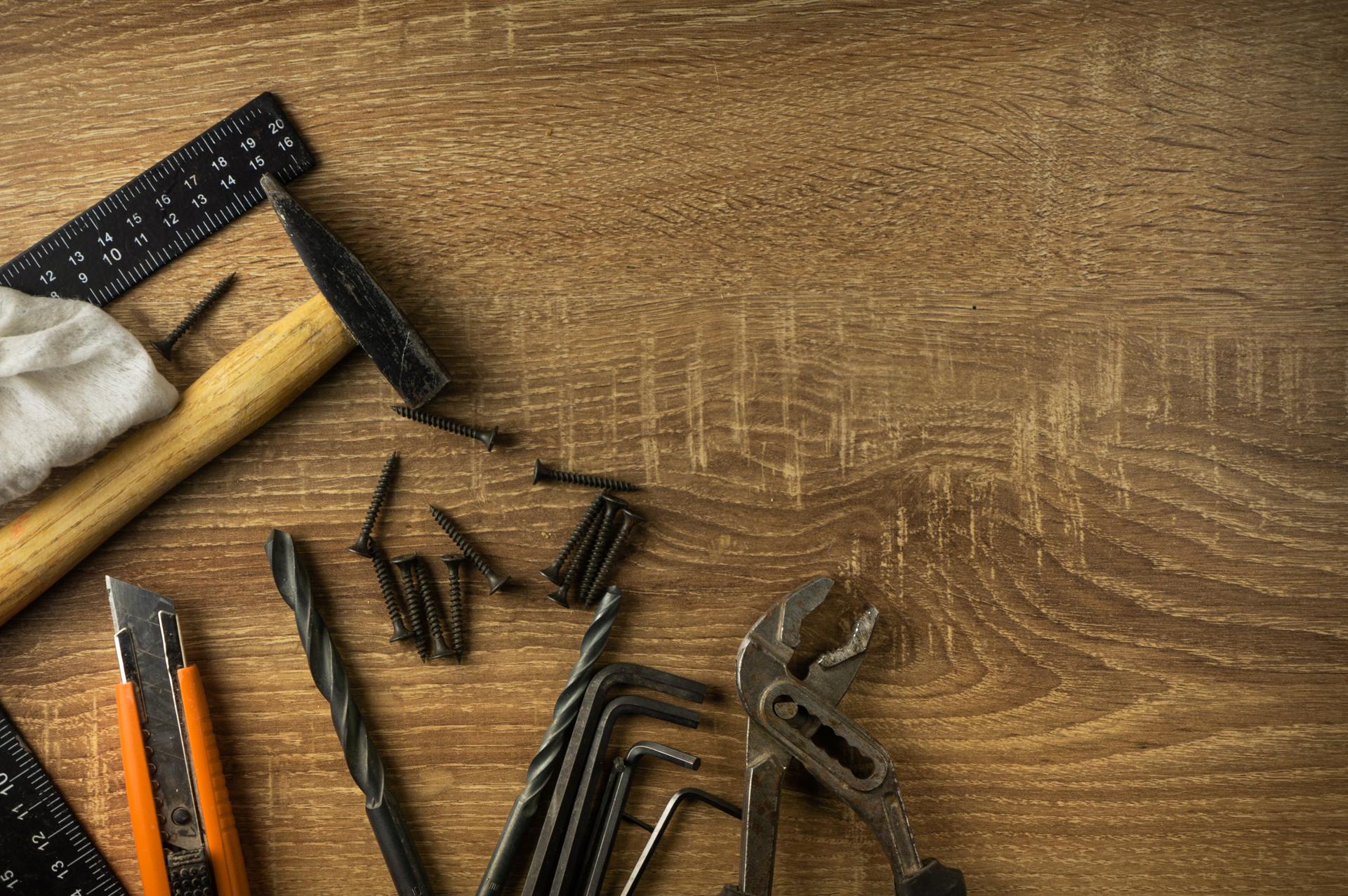Stop Spending Money on Plumbers! DIY Resolve Your Home's Plumbing Issues

Plumbing systems are an integral part of every household. If they’re not properly maintained, they can become a source of many problems, leading to inconvenience and expensive repairs.
There are numerous advantages of learning to fix minor plumbing issues yourself, such as saving money and developing important skills. The following article we’ll cover common plumbing problems and the DIY methods to fix them.
Common Plumbing Problems
Dripping Faucets
Dripping faucets aren’t only frustrating, but they also use up a large amount of water over the course of. The most frequent cause for leaky faucets is a worn washer or O-ring. To resolve this issue switch off the supply of water for the faucet. take out the handle, and then replace the worn-out washer or O-ring.
Running Toilets
A toilet that is running is another common plumbing issue that could result in a significant loss of water. The most frequent reason is a defective flapper valve that’s not sealing properly, allowing water flow from the tank into the bowl. To fix this issue switch off water to your toilet. Then, open the lid of the tank, then change or adjust the valve that seals it.
Clogged Drains
Drains that are clogged can be caused by a variety of factors, including soap, hair, and food particles. To fix this issue it is possible to use a plunger or a drain snake to eliminate the blockage. Alternately, you could make a mix of baking soda and vinegar to dissolve the clog.
Low Water Pressure
Low pressure water in the pipes can be caused by various reasons, such as the buildup of minerals within the pipes or a malfunctioning pressure regulator. To resolve this issue try cleaning the aerator and replacing the pressure regulator.
Tools required for DIY plumbing
For DIY plumbing, you will require some basic tools such as an adjustable wrench, a plunger pipe wrench, Teflon tape and a screwdriver. Having these tools on hand will help you fix minor plumbing issues.
Tips to be Safe when doing your own plumbing
Security should be the top priority whenever you are performing any plumbing repair DIY. Some safety tips to remember include shutting off the water supply prior to beginning any repair, wearing gloves and safety glasses, and keeping a first-aid kit nearby in case in the event of an emergency.
DIY Plumbing Techniques
For fixing common plumbing problems for common plumbing issues, you’ll need to learn some DIY plumbing techniques such as how to turn off water flow and how to fix a leaky faucet, how to fix a running toilet or unblock a drain, and how to increase water pressure. These techniques can save you time and money on small plumbing repairs.
Conclusion
In conclusion, learning how to repair minor plumbing problems yourself can be beneficial in various ways. Not only will it save you cash, it could also give you satisfaction and valuable knowledge. But, for more substantial plumbing problems, it’s recommended to contact a professional plumber.
FAQ
Can I fix a plumbing problem myself?
Yes, you can fix minor plumbing issues yourself, by learning basic plumbing tips for DIY.
Are there any common plumbing problems?
The most frequently encountered plumbing problems include dripping water from faucets, blocked drains, and low pressure water.
What tools do I require for DIY plumbing?
There are a few indispensable tools like the plunger, an adjustable wrench pipe wrench, Teflon tape, and an screwdriver.
Is DIY plumbing safe?
DIY plumbing is safe if you follow the safety guidelines and take the appropriate precautions.
When should I contact an experienced plumber?
You should call a professional plumber for significant plumbing issues that require specialized equipment and experience.
